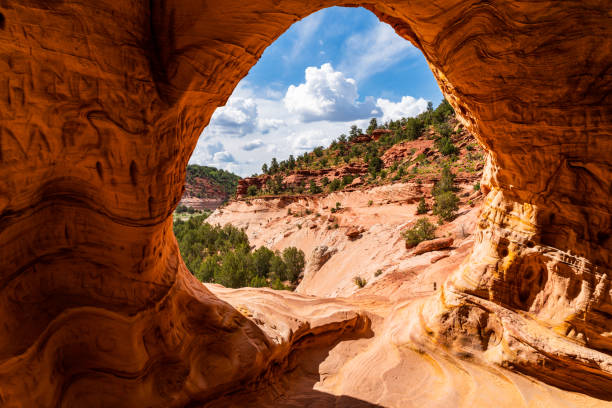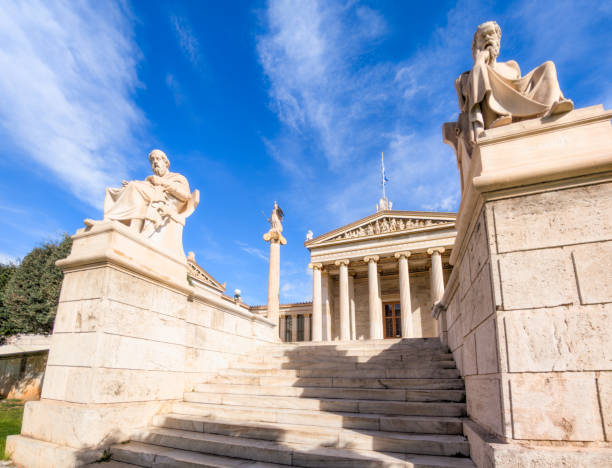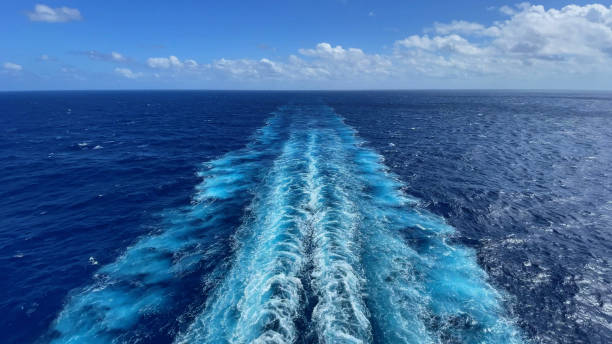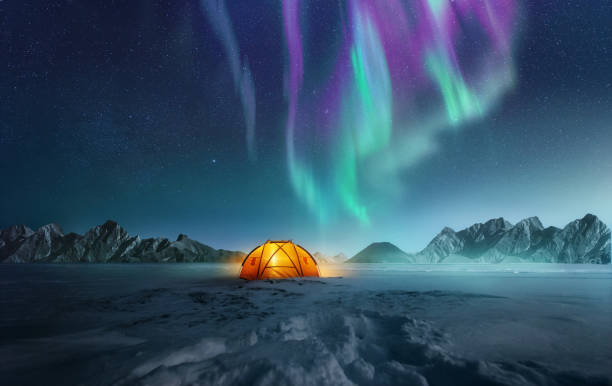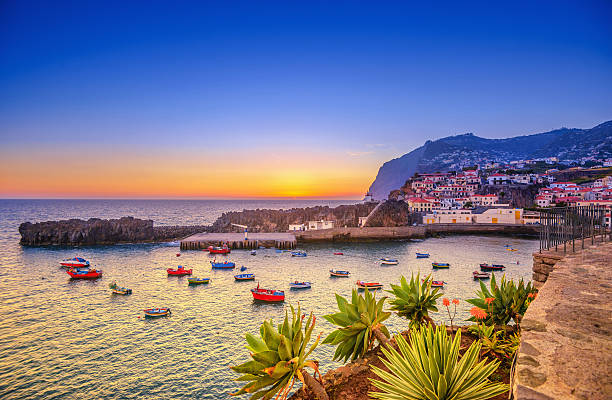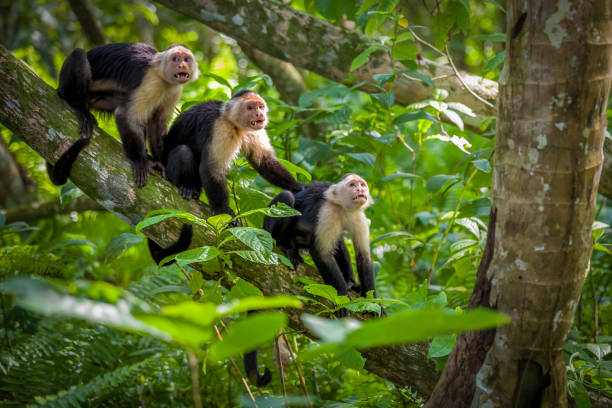The Grand Canyon: A Photographer’s Paradise
Grand Canyon photography tour
The Grand Canyon is one of the most breathtaking natural wonders in the world, known for its majestic landscapes and awe-inspiring beauty. For photographers, this iconic site offers a paradise of opportunities to capture stunning images. Whether you are a professional photographer or an amateur enthusiast, a photography tour of the Grand Canyon is an experience that should not be missed.
When planning your photography tour, it is essential to consider the time of the year and the weather conditions. The Grand Canyon experiences four distinct seasons, each offering a unique atmosphere and lighting conditions. Spring and fall are particularly popular among photographers due to the moderate temperatures and the vibrant colors of the changing seasons.

The South Rim is the most accessible part of the Grand Canyon, offering numerous viewpoints that provide spectacular vistas. One of the highlights of a photography tour is capturing the golden hues of sunrise and sunset over the canyon. The South Rim’s Mather Point and Yavapai Point are popular locations to capture these magical moments. The changing light during these times creates a dramatic contrast between the deep reds and oranges of the canyon walls and the brilliant blue sky.
If you are looking for a more adventurous photography tour, the North Rim offers a different perspective of the Grand Canyon. The North Rim is less crowded and provides a quieter and more serene experience. The Point Imperial and Cape Royal viewpoints are renowned for their picturesque panoramas, especially during the fall when the foliage adds a touch of color to the landscape.
Photography tours of the Grand Canyon also provide opportunities to capture the stunning views from the Colorado River. Rafting trips along the river allow photographers to capture the canyon’s towering walls from unique angles. The rapids and calm sections of the river offer a variety of settings to experiment with different compositions and techniques.
During your photography tour, it is essential to come prepared with the right equipment. A wide-angle lens is ideal for capturing the vastness of the canyon, while a telephoto lens enables you to capture details and wildlife from a distance. Tripods are essential for long-exposure shots, particularly during sunrise or sunset. Additionally, carrying extra memory cards and batteries is crucial since you will be capturing countless breathtaking images.
While taking photographs is the primary focus of a photography tour, it is also important to take the time to appreciate the grandeur of the Grand Canyon. Allow yourself to immerse in the beauty of the surroundings, take a moment to breathe in the fresh air, and absorb the serenity of this natural wonder. Sometimes, the best photographs are the ones that convey the emotions and feelings that the photographer experienced in that moment.

Grand Canyon photography
Photographing the Grand Canyon is an incredible opportunity for photographers of all skill levels. With its vast landscapes, deep canyons, and dramatic lighting, the Grand Canyon offers endless possibilities for capturing breathtaking images.
One of the most important factors in photographing the Grand Canyon is choosing the right time of day. The quality of light greatly affects the mood and atmosphere of your photographs. The hours around sunrise and sunset, often referred to as the golden hours, provide soft, warm light that enhances the colors and textures of the canyon. The long shadows cast during this time can create depth and add a sense of drama to your images. Additionally, photographing during these hours allows you to avoid the harsh midday sunlight, which can wash out the colors and create unflattering shadows.
The weather also plays a significant role in capturing stunning images at the Grand Canyon. Clear skies can offer beautiful blue backgrounds that contrast with the warm colors of the canyon walls. However, partly cloudy or even stormy weather can add a sense of drama and create dynamic compositions with interesting cloud formations. Don’t be deterred by less-than-perfect weather conditions; they can often result in unique and striking photographs.
When composing your photographs, it is essential to consider the scale and size of the canyon. Including elements in the foreground, such as trees, rocks, or people, can provide a sense of scale and depth to your images. Experiment with different perspectives and angles to showcase the vastness of the canyon and create visually captivating compositions.
The Grand Canyon is home to a diverse range of wildlife and plant life. Incorporating these elements into your photographs can add interest and tell a more complete story. Look for opportunities to capture birds soaring above the canyon walls or animals grazing in the surrounding meadows. During spring, wildflowers bloom, adding pops of color to the landscape. Take the time to explore the smaller details of the canyon and capture the intricate patterns and textures of the rocks.

Best viewpoints Grand Canyon
The Grand Canyon is renowned for its stunning vistas, and there are several viewpoints that offer exceptional opportunities for capturing breathtaking images. Here are some of the best viewpoints at the Grand Canyon:
Mather Point: Located on the South Rim, Mather Point provides a panoramic view of the canyon. This popular viewpoint is easily accessible and offers breathtaking sunrise and sunset views. The changing light during these times creates a dramatic contrast between the deep reds and oranges of the canyon walls and the brilliant blue sky.
Yavapai Point: Also situated on the South Rim, Yavapai Point is known for its expansive views and photographic opportunities. The view from Yavapai Point showcases layers of the canyon, with the Colorado River winding through the landscape. The wide-open vistas provide ample space to capture the grandeur of the canyon.
Point Imperial: Located on the North Rim, Point Imperial is the highest viewpoint on the North Rim and offers an unparalleled view of the eastern Grand Canyon. The viewpoint provides expansive vistas of the canyon and is especially stunning during sunset, when the warm light bathes the canyon walls in gold.
Cape Royal: Situated on the North Rim, Cape Royal is a popular viewpoint that offers breathtaking panoramic views of the Grand Canyon and the Colorado River. The viewpoint is easily accessible via a short trail and provides an ideal spot for capturing the changing colors of the canyon during sunrise or sunset.
Shoshone Point: This lesser-known viewpoint offers a more secluded and intimate experience. It requires a 2-mile hike or a special permit for vehicle access, ensuring a tranquil environment away from the crowds. From Shoshone Point, photographers can capture unique perspectives of the canyon while enjoying the peacefulness of the surroundings.
When visiting these viewpoints, it is important to exercise caution and respect the natural environment. Stay on designated trails, follow park regulations, and always prioritize your safety and the preservation of the Grand Canyon.
Remember, photography at the Grand Canyon is not merely about capturing a beautiful image; it is about immersing yourself in the awe-inspiring beauty of one of nature’s most remarkable wonders. Take the time to appreciate the grandeur of the canyon, breathe in the fresh air, and let the magic of the landscape inspire you as you capture your own unique photographs.
